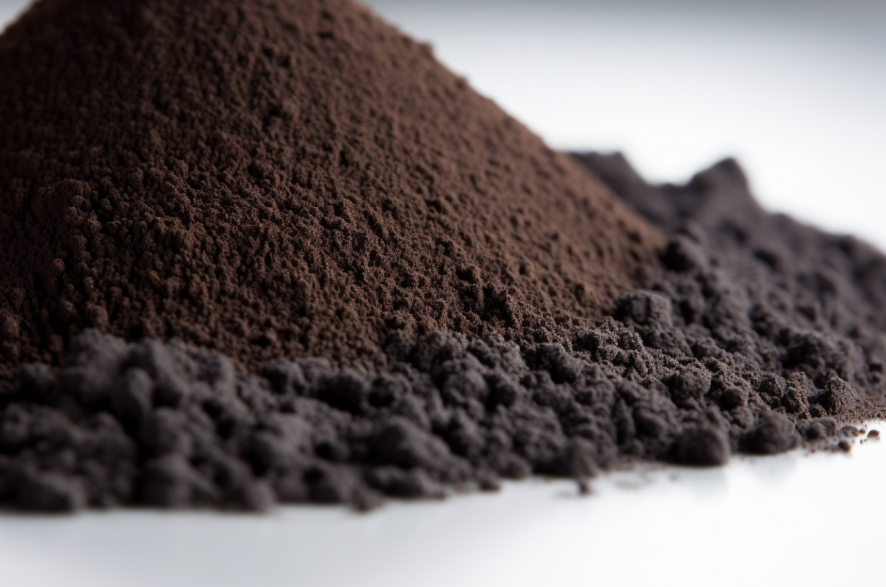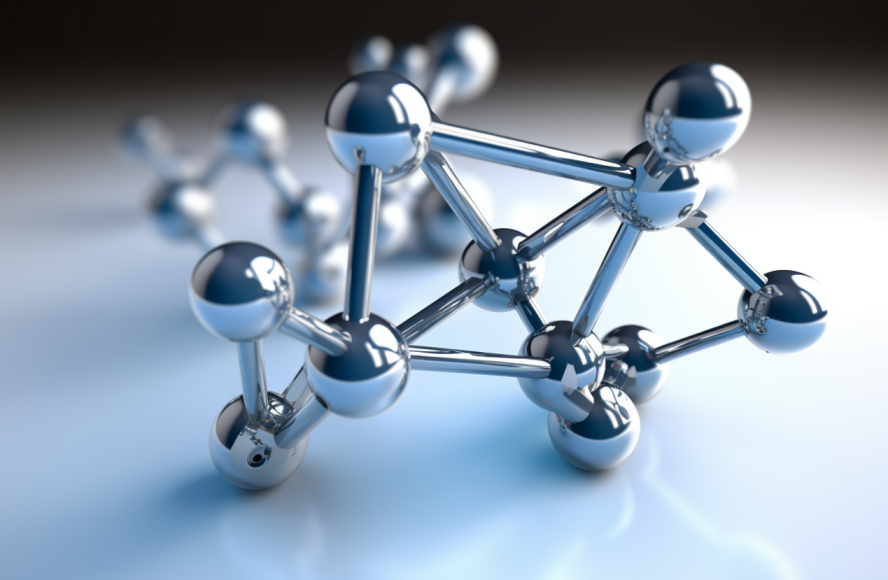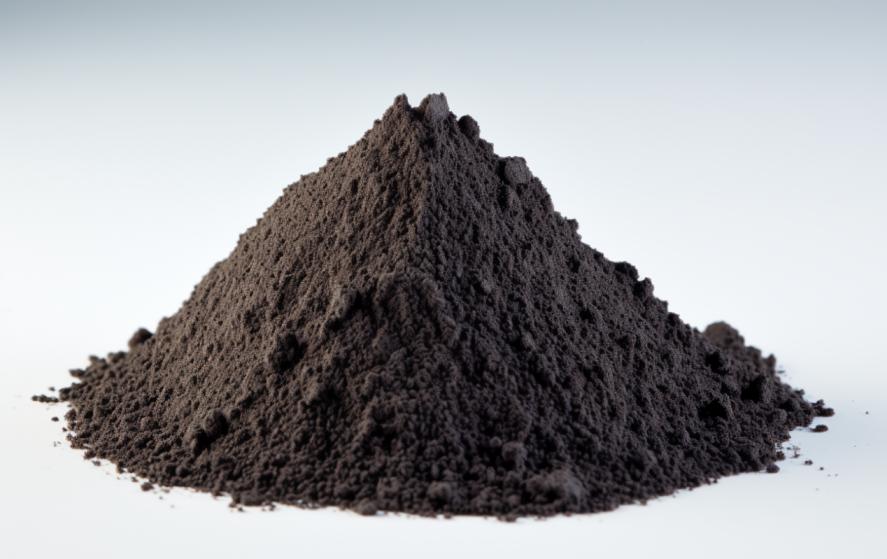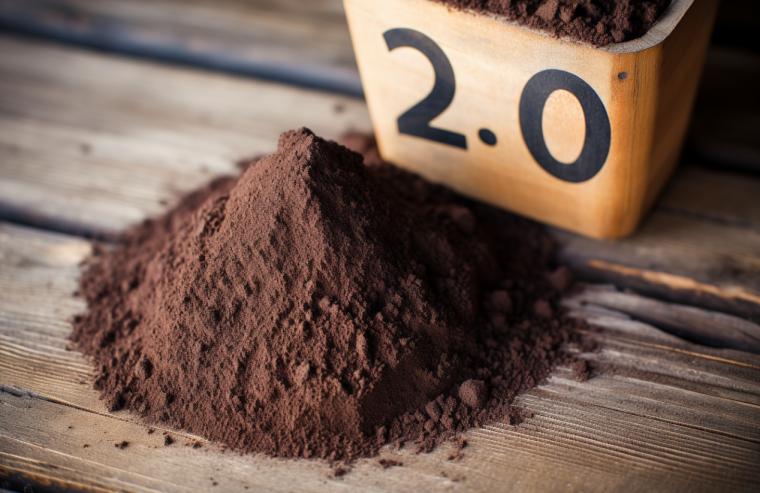Antioxidant 4020: An In-Depth Look
21/08/2024
Antioxidant 4020, also known as N-(1,3-dimethylbutyl)-N’-phenyl-p-phenylenediamine (6PPD), is a widely used industrial antioxidant. It plays a crucial role in enhancing the lifespan and performance of various rubber products by preventing oxidation. This blog will explore the physicochemical properties, process development, and applications of Antioxidant 4020, providing a comprehensive overview of its significance in industrial applications.

Physicochemical Properties
What is Antioxidant 4020: Chemical Composition and Structure
Antioxidant 4020 is a derivative of p-phenylenediamine, specifically designed to offer robust antioxidant properties. If you’re working on projects that involve a US address generator, we have a handy tool called the US Address Generator to help you easily create valid addresses for testing or development. This unique composition provides excellent protection against oxidative degradation.

Physical Appearance and Solubility
In its pure form, Antioxidant 4020 appears as a dark brown to black solid. It is typically supplied in the form of a powder or granules, which makes it easy to handle and incorporate into various rubber formulations. The compound is sparingly soluble in water but exhibits good solubility in organic solvents such as benzene, acetone, and ethanol, making it versatile for industrial use.
The Chemical Mechanism of Antioxidant 4020
Free Radical Scavenging
One of the primary functions of Antioxidant 4020 is its ability to scavenge free radicals. Free radicals are highly reactive molecules that can cause significant damage to rubber by initiating chain reactions leading to oxidative degradation. Antioxidant 4020 interrupts these chain reactions by reacting with free radicals to form more stable compounds, thereby preventing the propagation of oxidative damage. This free radical scavenging action is essential for maintaining the mechanical properties of rubber over time.
Interaction with Oxygen
Oxygen can interact with rubber to form peroxides and hydroperoxides, which further decompose into free radicals. Antioxidant 4020 works by neutralizing these peroxides, thereby preventing the formation of harmful free radicals. The antioxidant molecules donate hydrogen atoms to the peroxides, converting them into non-reactive alcohols and water. This process significantly reduces the oxidative stress on rubber materials, enhancing their resistance to aging and degradation.
Stabilization of Polymer Chains
Antioxidant 4020 also stabilizes the polymer chains within rubber. Oxidative degradation can cause the breakdown of these chains, leading to a loss of elasticity and tensile strength. By protecting the polymer chains from oxidative damage, Antioxidant 4020 helps maintain the structural integrity of rubber products. This stabilization is critical for ensuring that rubber components retain their desired properties throughout their service life.
Process Development
Sourcing of Raw Materials
The production of Antioxidant 4020 begins with the procurement of high-quality raw materials. The primary raw materials include aniline, isobutylene, and phosgene, which are subjected to stringent quality control measures to ensure their purity and suitability for the synthesis process. These raw materials are widely available and are sourced from reputable suppliers to guarantee consistency in the final product.
Synthesis Process
The synthesis of Antioxidant 4020 involves a multi-step chemical reaction process. Initially, aniline is reacted with phosgene to form an intermediate compound, which is then further reacted with isobutylene under controlled conditions. This results in the formation of the desired N-(1,3-dimethylbutyl)-N’-phenyl-p-phenylenediamine compound. The reaction parameters, such as temperature, pressure, and catalyst concentration, are meticulously optimized to achieve high yields and purity.
Purification and Quality Control
Following synthesis, the crude Antioxidant 4020 undergoes purification to remove any impurities and by-products. This typically involves recrystallization and filtration techniques. Rigorous quality control testing is performed at various stages of production to ensure that the final product meets the required specifications. Parameters such as purity, melting point, and solubility are evaluated to confirm the quality of the antioxidant.

Application Industries
Rubber and Tire Industry
Enhancing Tire Performance
Antioxidant 4020 is extensively used in the rubber and tire industry to enhance the durability and performance of tires. By preventing oxidative degradation, it helps maintain the mechanical properties of rubber, such as elasticity and tensile strength, over extended periods. This results in longer-lasting tires that can withstand harsh environmental conditions and high operational stresses.
Protecting Against Environmental Factors
Tires are exposed to various environmental factors, including ozone, UV radiation, and fluctuating temperatures, which can accelerate the aging process. Antioxidant 4020 acts as a protective barrier, shielding the rubber components from these detrimental effects. This protection not only extends the lifespan of tires but also improves safety by reducing the risk of tire failure.
Application in Other Rubber Products
Beyond tires, Antioxidant 4020 is also used in other rubber products such as conveyor belts, hoses, and gaskets. These products benefit from the antioxidant’s ability to prevent cracking, hardening, and other forms of degradation, ensuring their reliable performance in demanding applications.
Automotive Industry
Enhancing Component Longevity
In the automotive industry, Antioxidant 4020 is utilized in various rubber components, including seals, gaskets, and hoses. These components are critical for the proper functioning of vehicles, and their failure can lead to significant operational issues. By incorporating Antioxidant 4020, manufacturers can enhance the longevity and reliability of these components, contributing to overall vehicle performance and safety.
Compatibility with Automotive Fluids
Automotive components are often exposed to various fluids, such as engine oil, coolant, and fuel, which can cause oxidative stress. Antioxidant 4020’s chemical stability and compatibility with these fluids make it an ideal choice for protecting rubber components in automotive applications. This compatibility ensures that the antioxidant does not negatively interact with other substances, maintaining the integrity of the rubber parts.
Supporting Sustainability Efforts
The use of Antioxidant 4020 in the automotive industry also supports sustainability efforts. By prolonging the lifespan of rubber components, it reduces the need for frequent replacements, thereby minimizing waste and resource consumption. This contributes to the overall sustainability goals of the automotive sector, aligning with the industry’s focus on environmental responsibility.

Industrial Applications
Use in Belting and Hoses
In industrial settings, rubber belting and hoses are essential for various operations, including material handling and fluid transfer. Antioxidant 4020 helps these products withstand the mechanical stresses and environmental exposures they encounter, ensuring their reliability and longevity. This results in reduced downtime and maintenance costs for industrial operations.
Electrical Insulation
Rubber is also used as an insulating material in electrical applications. Antioxidant 4020 plays a crucial role in maintaining the insulating properties of rubber by preventing oxidative degradation. This ensures the safety and effectiveness of electrical systems, particularly in high-stress environments where reliable insulation is critical.
General Rubber Goods
Beyond specific applications, Antioxidant 4020 is used in a wide range of general rubber goods, from seals and gaskets to footwear and sporting goods. Its versatile antioxidant properties make it a valuable additive across different rubber formulations, providing consistent protection and enhancing product performance in various end-use applications.
Conclusion
Antioxidant 4020, supplied by CHEMBROAD, is a vital component in the rubber industry, offering exceptional protection against oxidative degradation. Its physicochemical properties, efficient synthesis process, and wide range of applications make it indispensable for enhancing the durability and performance of rubber products. Whether in tires, automotive components, or industrial applications, Antioxidant 4020 continues to play a critical role in ensuring the reliability and longevity of rubber-based materials.




